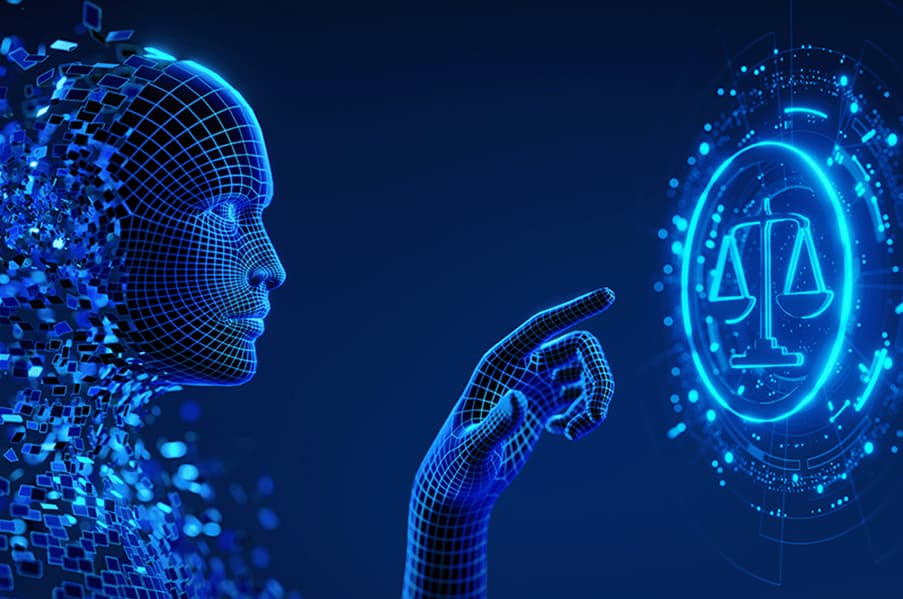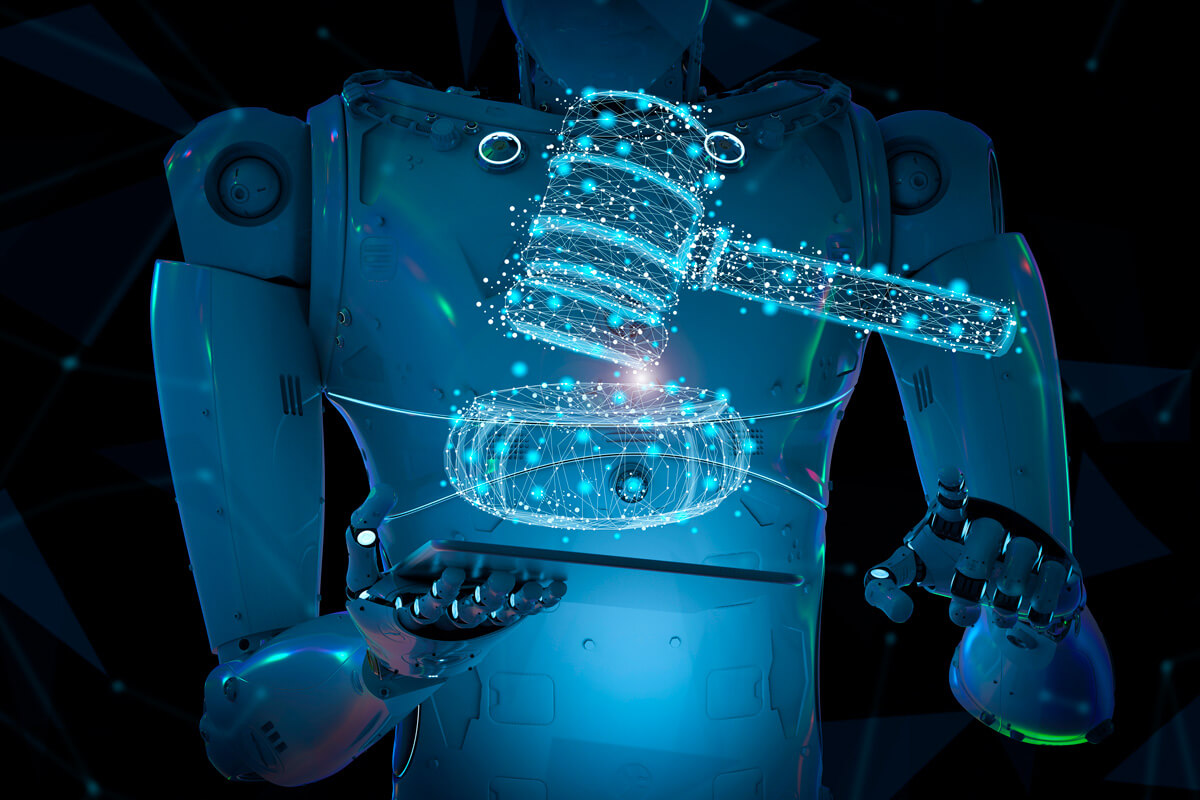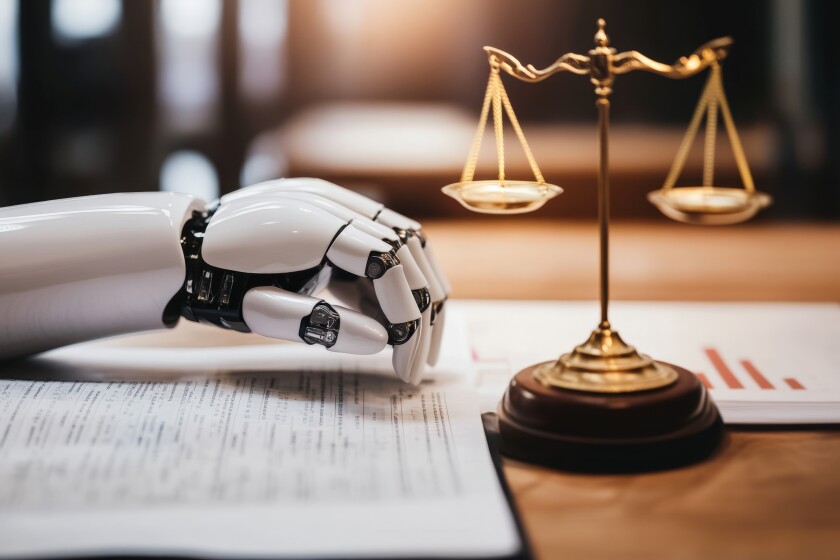Artificial Intelligence (AI) is steadily transforming the legal profession, streamlining processes, enhancing decision-making, and offering new tools for analysis and prediction. However, AI’s journey in the legal sector has been gradual and carefully structured, shaped by the complexities and traditions of the field.
Understanding the history of AI in law provides valuable insight into how technology has evolved from simple automation to intelligent systems that now assist with complex legal tasks.
Early Stages: Legal Automation
The earliest use of technology in law dates back to the 1960s and 1970s, with the introduction of basic computer-assisted legal research. Tools like LEXIS and Westlaw emerged in the 1970s, allowing lawyers to quickly access vast legal databases. These systems were not truly intelligent but laid the groundwork for digital transformation in law.
Key Milestone:
- 1973: LEXIS launches the first commercial legal research database.
The Rise of Expert Systems
In the 1980s and early 1990s, AI in law took its first significant leap with the development of expert systems. These were rule-based programs designed to mimic the decision-making process of legal professionals.
Example:
- MYCIN and PROSPECTOR: Inspired the creation of early legal expert systems that could advise on tax laws, contracts, and other regulatory areas.
Although limited in scope, these systems showed that AI could handle structured legal reasoning.
The Age of Legal Databases and Document Management
The 1990s and early 2000s saw a surge in digital document management and the expansion of searchable legal databases. AI was still in its infancy, but technology was now deeply integrated into daily legal workflows, primarily in the form of:
- Electronic discovery (e-discovery)
- Digital case filing
- Enhanced legal research platforms
These advancements set the stage for AI’s more sophisticated applications.
Modern AI Applications in Law
The 2010s onward marked the true rise of AI in law, driven by advances in machine learning, natural language processing (NLP), and predictive analytics.
Key Developments:
- AI-Powered Legal Research: Platforms like ROSS Intelligence used IBM Watson’s NLP to understand legal questions and find relevant case law quickly.
- Contract Review: AI tools began to automatically review, analyze, and flag issues in contracts, significantly reducing manual workload.
- Predictive Analytics: AI started to assist in predicting case outcomes based on historical data, helping lawyers and clients make more informed decisions.
- Chatbots and Virtual Legal Assistants: Legal chatbots now help answer basic legal queries and guide users through simple procedures.
Challenges Along the Way
The growth of AI in law hasn’t been without obstacles:
- Trust and Reliability: The legal sector has traditionally been cautious, and early AI tools faced skepticism regarding their accuracy and fairness.
- Ethical Concerns: Issues around bias, accountability, and transparency continue to shape the development of AI in law.
- Regulatory Hurdles: As AI influences legal outcomes, regulatory frameworks are still catching up to ensure ethical use.
Conclusion
The history of AI in law is a story of steady progress—from simple legal research databases to intelligent systems that now assist in contract analysis, case prediction, and more. As AI technology continues to mature, its role in the legal field will likely expand, offering new efficiencies while raising critical ethical and regulatory questions.







Leave feedback about this